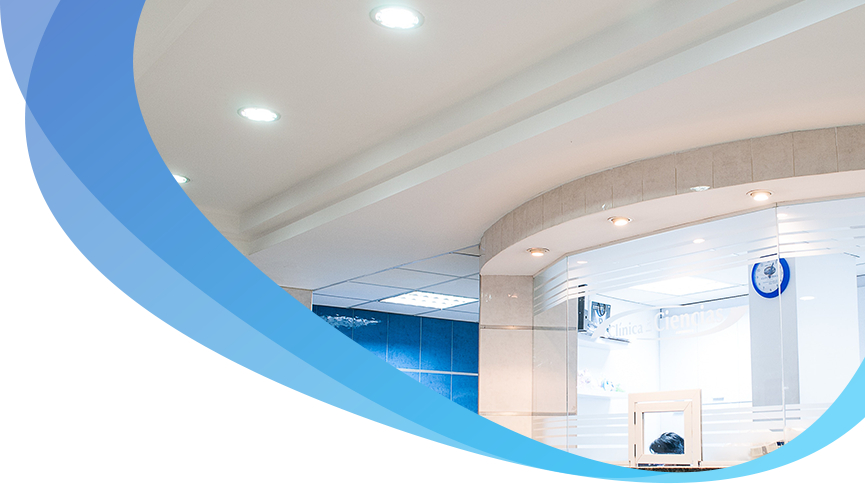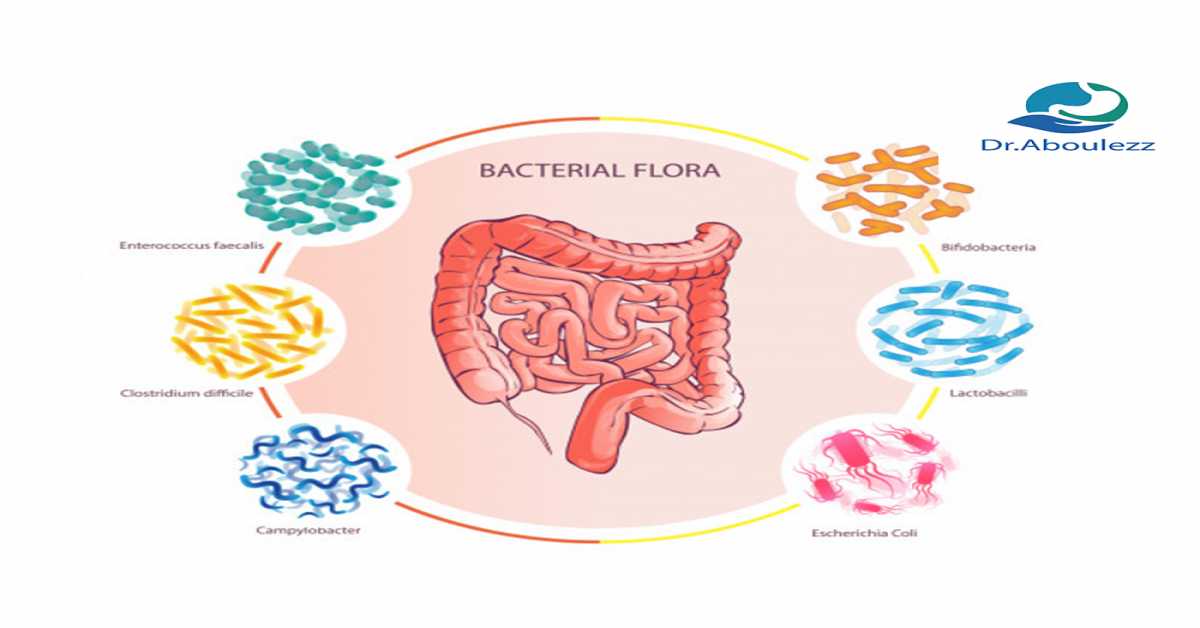More than 300 to 500 different species of beneficial bacteria live in the human intestines
More than 300 to 500 different species of beneficial bacteria live in the human intestines, containing more than two million genes that are associated within other microorganisms such as viruses and fungi, all of which are called microbiomes. As a fingerprint, each person has his own microbiology map that helps his body to work efficiently; and it varies according to the human exposure during birth from the mother's microbes and from the food intake. It is present along the small intestine and the colon and it’s imbalance affects the human vitality.
As for the relationship between the useful bacteria with the digestive system, there are many researches that linked the lack of beneficial bacteria with unexplained symptoms and different symptoms such as:
-Indigestion.
-IBS.
-great desire or nostalgia for sweets.
-undesired weight changes.
-sleep disorders or persistent fatigue.
-skin changes.
-autoimmune diseases.
-sensitivity to some foods.
In the next article we will talk about the causes, treatment and prevention of microbiom imbalance
The treatment of the lack of useful bacteria comes within a healthy lifestyle such as:
- Eating healthy food, including vegetables, fruits, grains and fermented milk such as yogurt and rayeb.
- Predominant vegetarian diet.
- Eating food rich in polyphenols such as green tea and broccoli.
- Eating food rich in protein.
- Eat foods rich in fiber, as well as onions and garlic because they contain substances that are anti-carcinogenic and strengthens the immunity, but we do not recommend their excessive intake in ordered to prevent irritable bowel syndrome.
- Eating foods rich in natural collagen such as salmon.
- Ensure completion of breastfeeding period for infants as much as possible..


